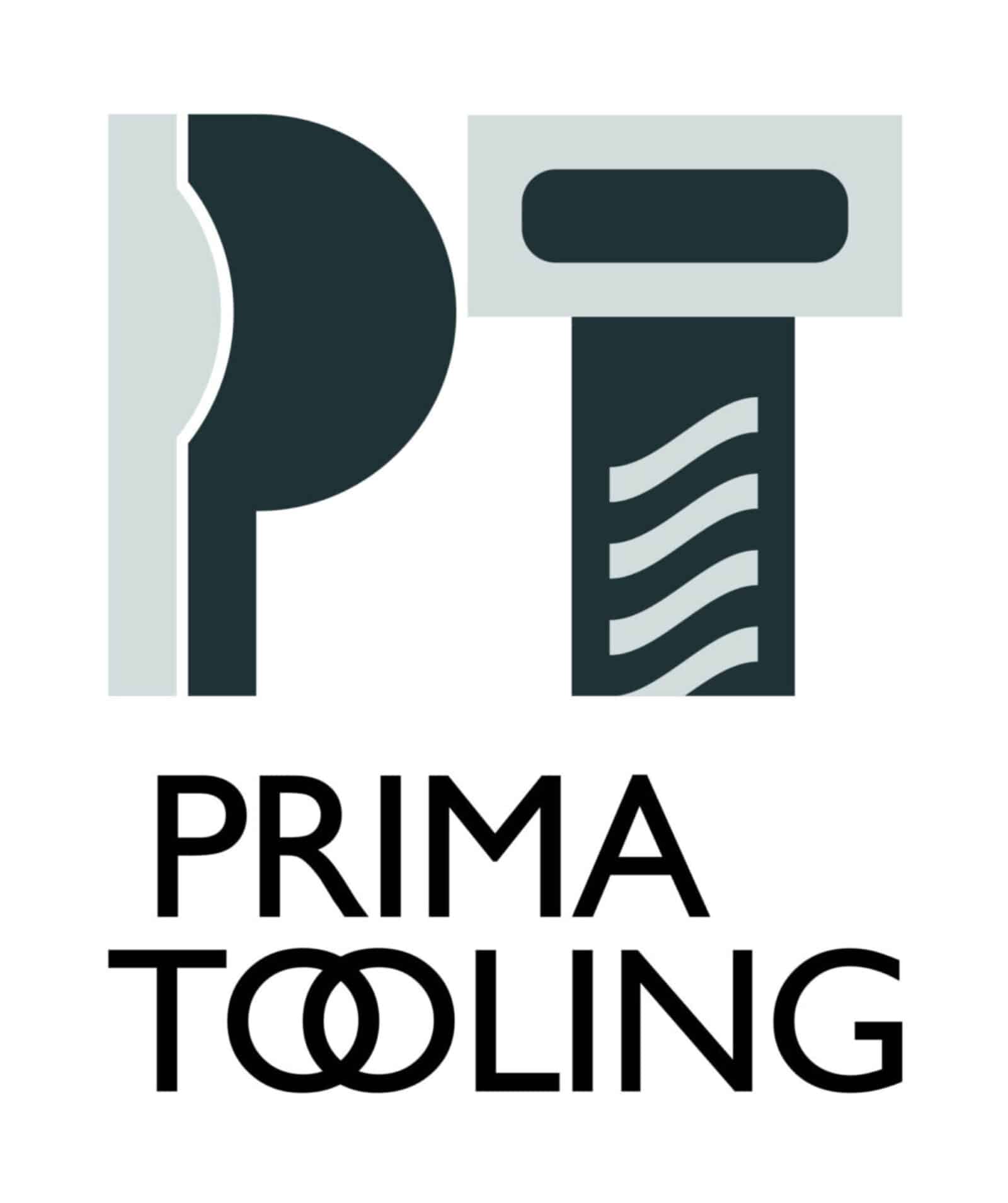Have you ever wondered what makes those smooth, angled holes in furniture or metalwork look so flawless? The secret often lies in a handy tool known as the countersink. Countersink tooling is a marvel in the world of machining. It’s simple, yet incredibly versatile, allowing for neat finishes that ensure screws and fasteners sit flush with or below the surface. This tool is a go-to for anyone needing to drill precise holes, whether in wood, metal, or plastic. While it may not steal the spotlight at first glance, its role is crucial in achieving a polished final product.
Think about assembling your favourite piece of DIY furniture. As you follow the instructions, the holes are already countersunk, making assembly a breeze. This is one of many applications where countersink tooling shines. By understanding how these tools function, and their varied applications, you can significantly enhance your machining projects, ensuring they are both efficient and finished with finesse.
Understanding Countersink Tooling
To fully appreciate the power of countersink tooling, let’s break down what it is and what makes it tick. At its core, a countersink tool is designed to cut a conical hole in a material, allowing a screw head to sit flush or beneath the surface. This design helps prevent snagging or damage to surfaces and provides a more aesthetic, smooth finish.
Here’s a closer look at what makes countersink tooling unique:
– Design and Components: Countersink tools typically have a cutting edge shaped like a cone. The specific design variations include single-flute, multi-flute, and pilot hole types. The choice depends on the material and the precision required.
– Material Versatility: From wood to hard metals, these tools can handle various materials, though you’ll want to match the right countersink with the right job for optimal results.
– Difference from Other Tools: Unlike regular drills, countersinks create an angled cut that accommodates screw heads. This precision ensures a cleaner and more secure fit for fasteners.
This understanding paves the way for making informed decisions about when and how to use countersink tooling effectively. Whether you’re a hobbyist working on a project in your garage or a professional in a busy workshop, appreciating these nuances allows you to elevate your work effortlessly.
Key Benefits of Countersink Tooling
Countersink tools bring several advantages to any workshop, no matter the scale of the projects undertaken. One of the standout benefits is the high-quality finish they provide. The smooth, flush fit of screws enhances both the functionality and aesthetics of any piece. This precision reduces the need for post-drilling clean-up, saving valuable time and effort.
Additionally, countersink tools are known for their efficiency in creating precise angles for screw heads. By allowing screws to sit level with or below the surface, these tools help in avoiding any potential damage to the material or the appearance of the final piece. This is particularly beneficial in areas where surface perfection matters, like in furniture making or intricate metalwork.
Another cost-saving aspect of using countersink tooling is the reduced need for changing tools frequently. With the ability to handle multiple materials and tasks, a well-chosen countersink tool can replace multiple less specialised tools. This versatility not only saves money on equipment costs but also streamlines workflow processes in busy workshops.
Common Applications
Countersink tooling finds applications in a wide range of industries. In woodworking, for instance, ensuring a flush fit for screws is crucial to both the appearance and the durability of furniture. Imagine producing a wooden table where the screws are invisible, giving it a clean, sophisticated look. Countersink tools make this possible by facilitating such detailing.
In metalworking, these tools are invaluable for ensuring fasteners are not obtrusive, helping maintain clean lines and surfaces. This tool is also frequently used in carpentry, ensuring surfaces remain unmarred and aesthetic is maintained across various projects. In manufacturing settings, countersinks are a staple for precision parts where exact screw seating is critical.
Tips for Choosing the Right Countersink Tooling
When selecting countersink tooling, keeping a few key factors in mind can make all the difference to your projects. First, consider the material you’ll be working with. Different materials may require specific types of countersinks, such as single-flute or multi-flute designs, to achieve the best results.
Here are some handy tips:
– Match Tool to Material: Soft materials like wood may use different countersinks compared to harder metals. Choose accordingly to prevent damage.
– Consider Tool Size: Ensure the countersink diameter matches the screws being used for optimal fit and performance.
– Maintenance Matters: Regularly clean and sharpen your countersink tools to maintain their efficiency and extend their lifespan.
By applying these pointers, you can determine the right countersink tools that suit your needs, ensuring each hole is drilled perfectly, every time. This care not only guarantees a smoother operation but also prolongs the usability of these versatile tools, benefiting any craftsman’s toolkit.
By perfecting the use of countersink tooling, whether in woodworking or metalwork projects, you’re setting your work up for success. To explore the range of high-quality options and further refine your toolkit, take a look at Prima Tooling’s countersink tooling. Enhancing your capabilities with the right tools ensures your projects not only meet but exceed quality standards.
